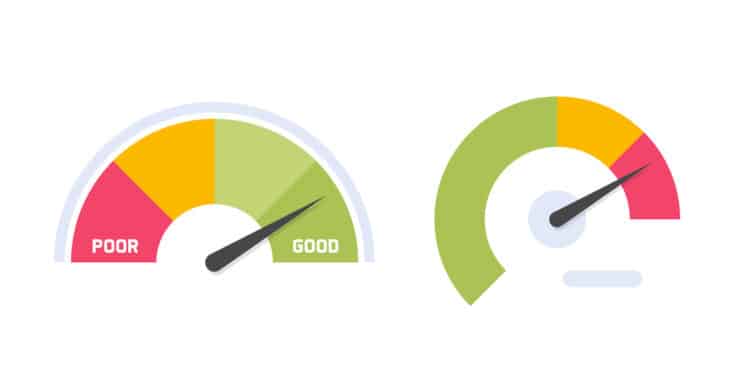Your credit score is an essential part of your financial life. It’s only three digits, but it impacts your borrowing power, your credit cards, and even what type of home you live in. In the same vein, a credit rating is also a vital financial tool. Let’s take a look at both of these terms.
The Difference
While credit score and credit rating sound similar and are both vital to healthy finances, there is a big difference between the two. A credit score is a three-digit score used to show an individual’s creditworthiness, while a credit rating is a letter grade used to show a business or government’s creditworthiness. SavvyMoney also uses a grading system of A – D based on various components of your credit score.
What is a Credit Score?
Your credit score is generated by data from the three major credit bureaus — Equifax, Experian, and TransUnion. These bureaus gather data from creditors and list it on your credit report. Your credit score is then generated as a FICO score or VantageScore. The former is a company and the latter was created by the bureaus, but both apply a mathematical formula to produce your score.
Your credit score is based on several factors including:
- Payment history
- Debt-to-income ratio
- Credit mix
- Recent inquiries
FICO scores and VantageScores range from 330 to 850. The better your score, the better off you’ll be. You’ll get better credit card offers, lower mortgage rates, and more.
What is a Credit Rating?
The most popular used credit ratings are produced by S&P Global. The grades range from AAA (strong creditworthiness) to C (weak creditworthiness). Pluses and minuses are also sometimes used on those grades. You might consider a company’s credit rating when investing, as a strong grade can signal a strong performer.






